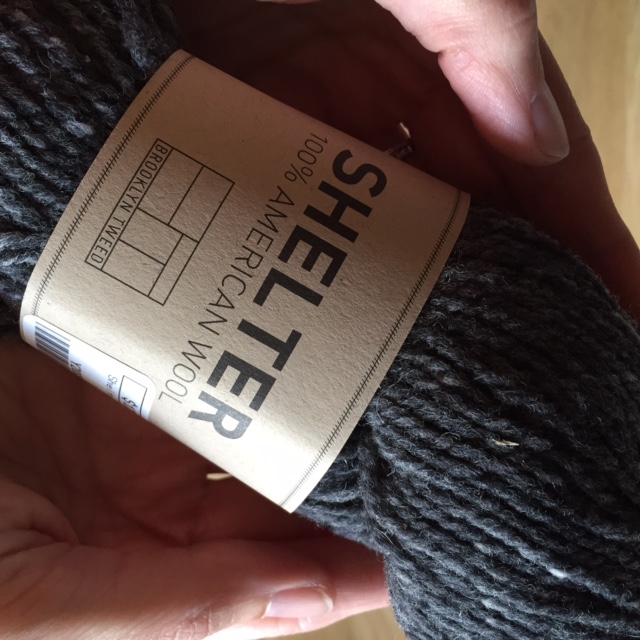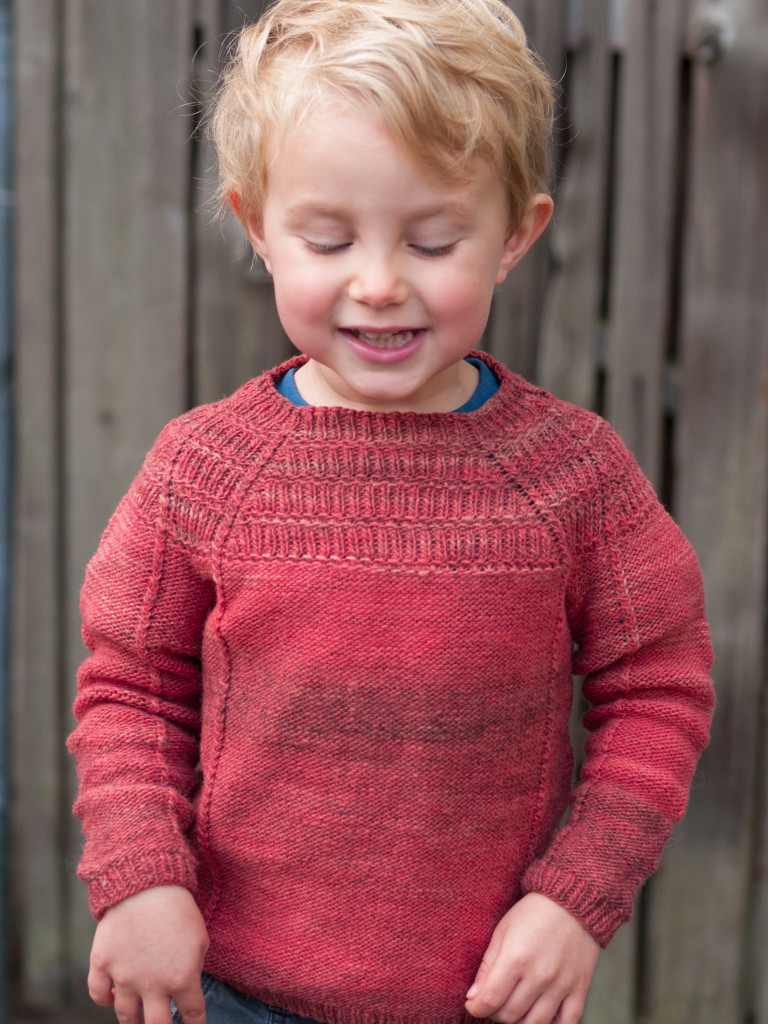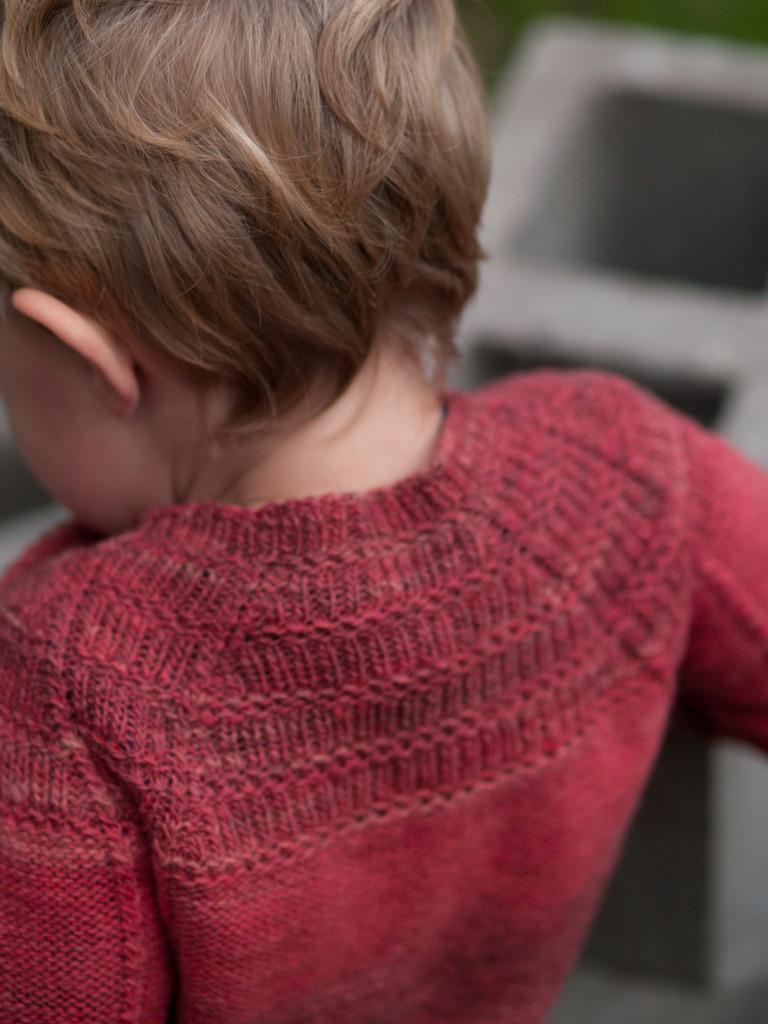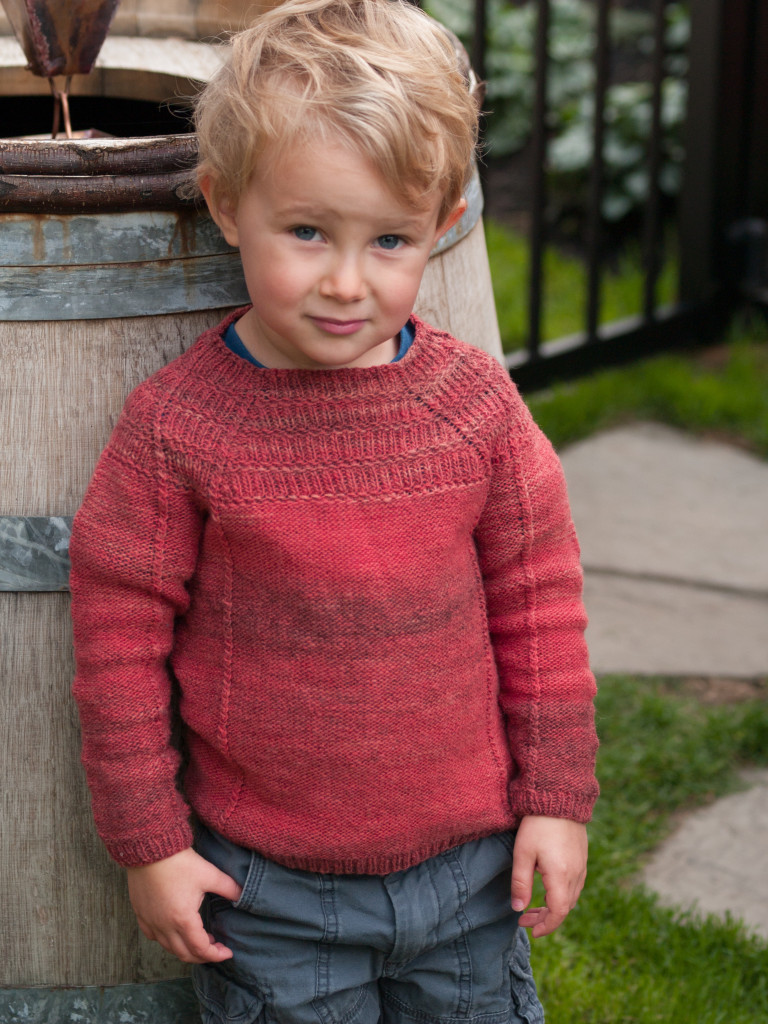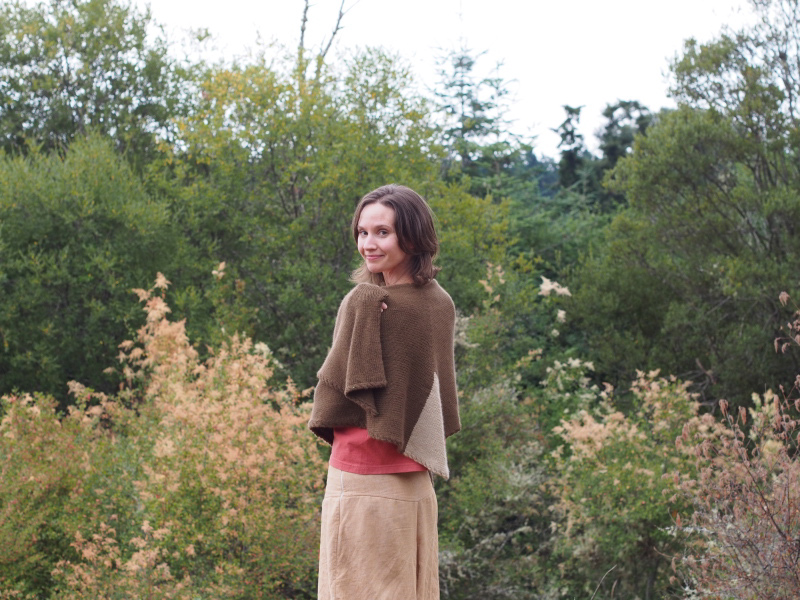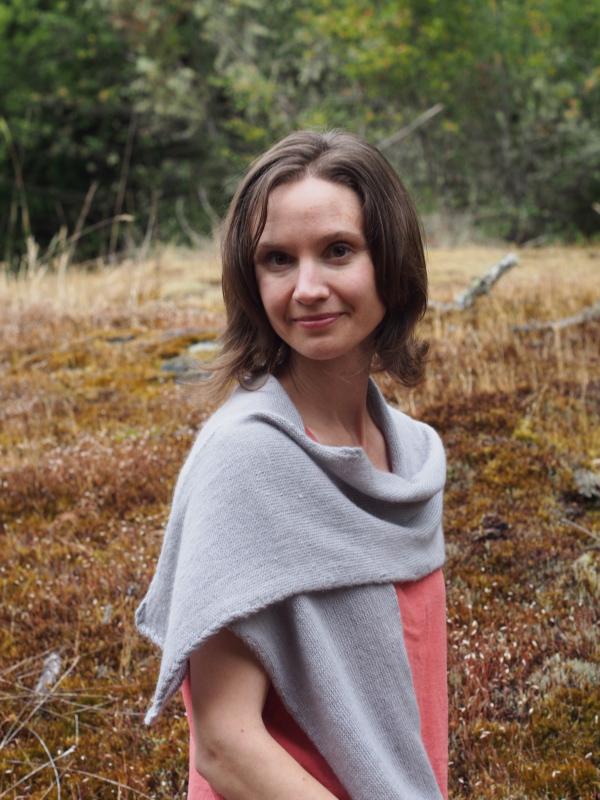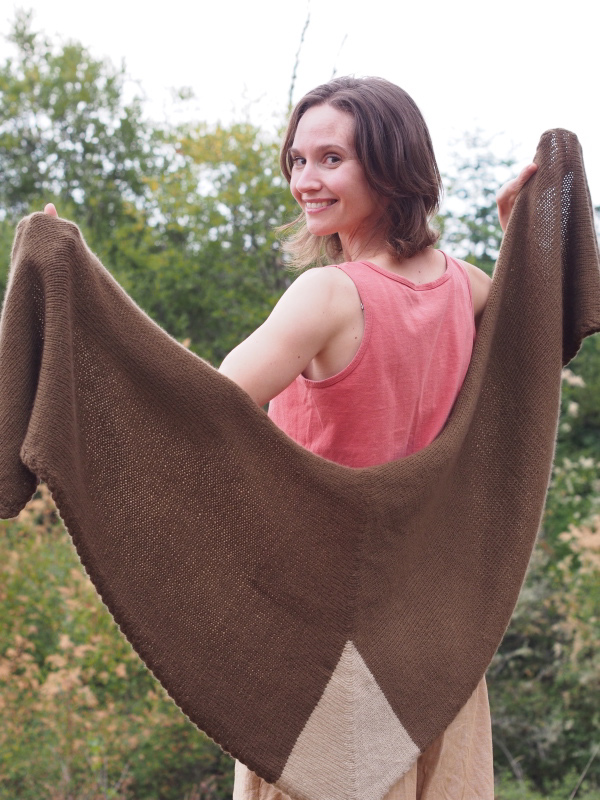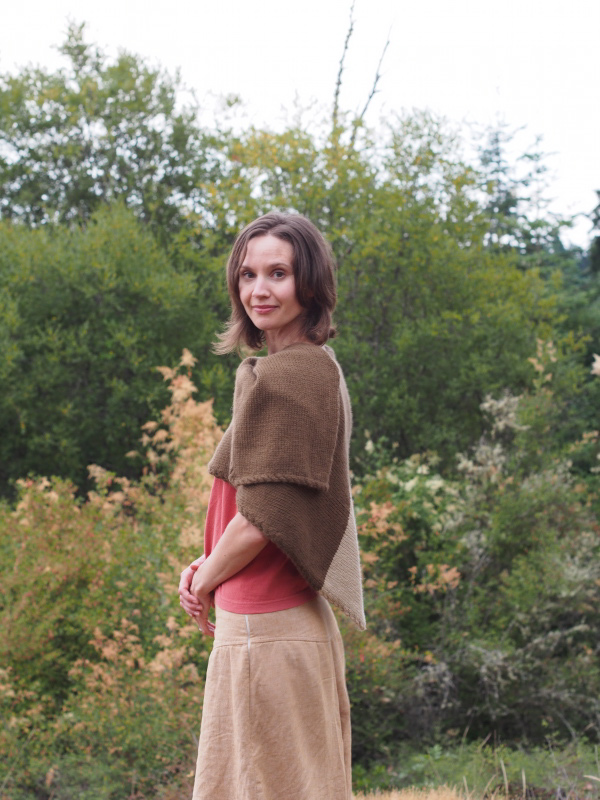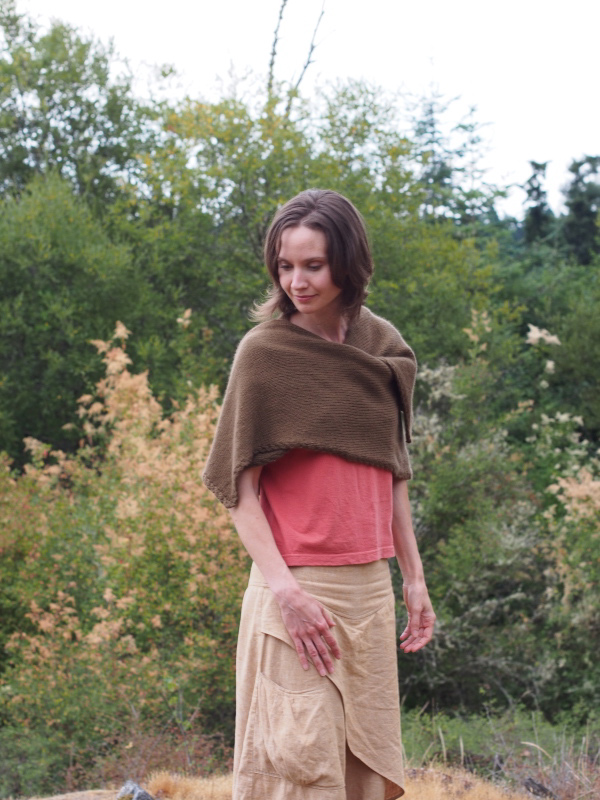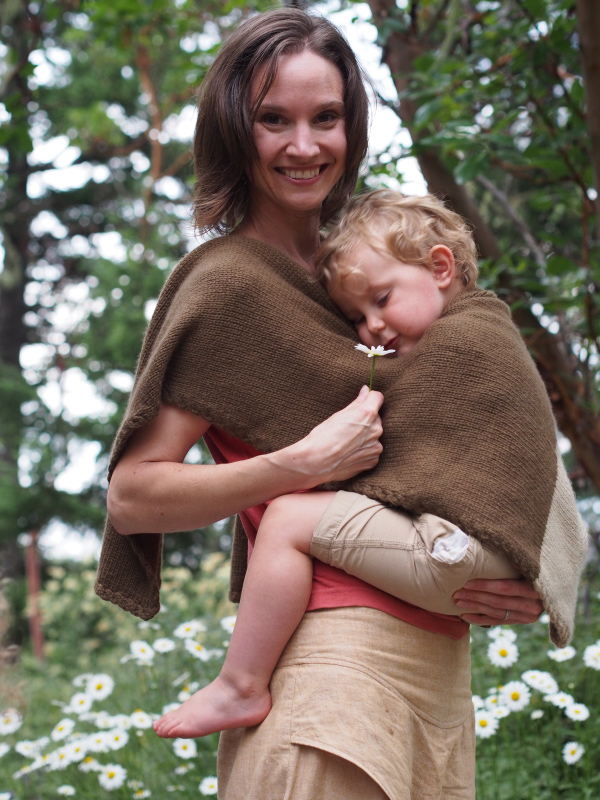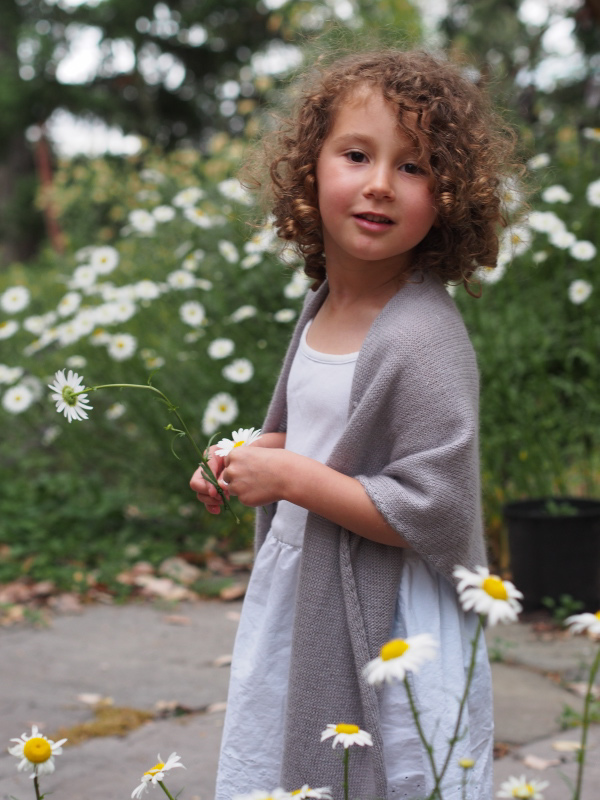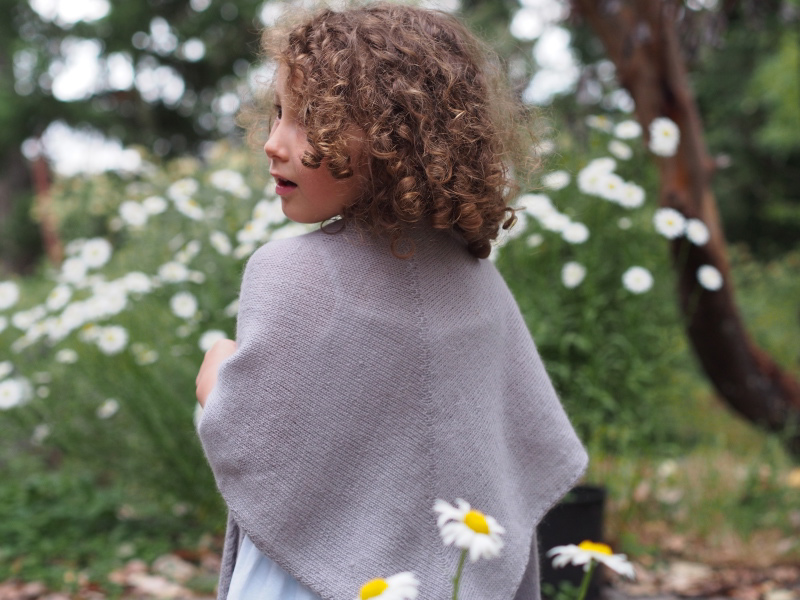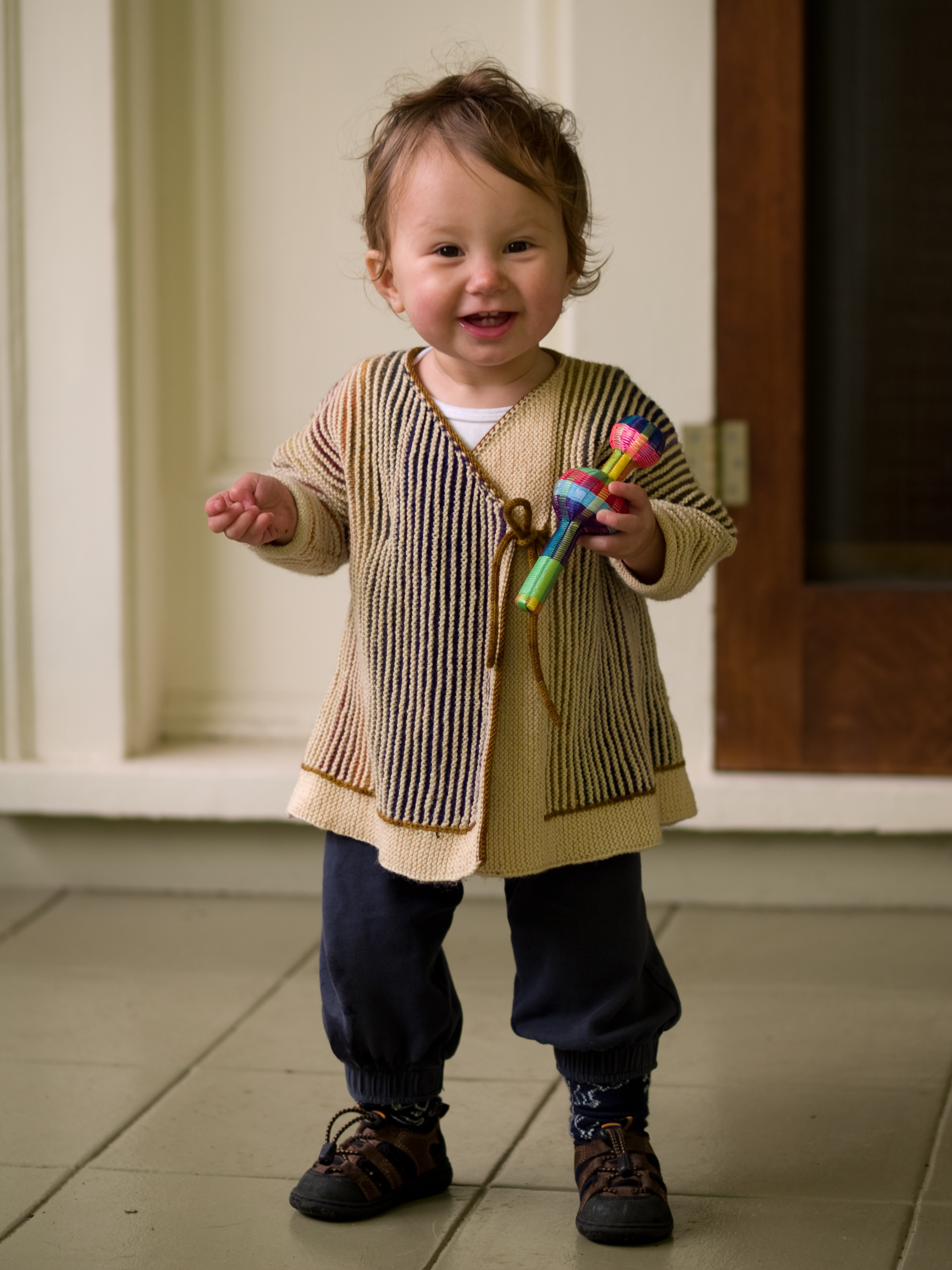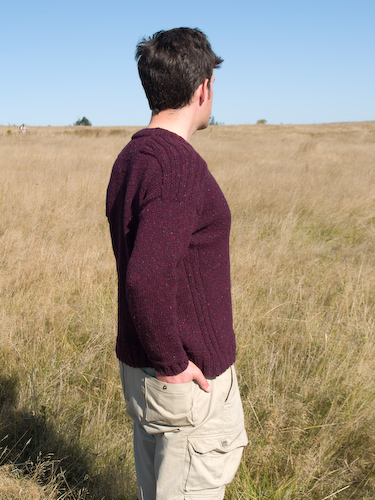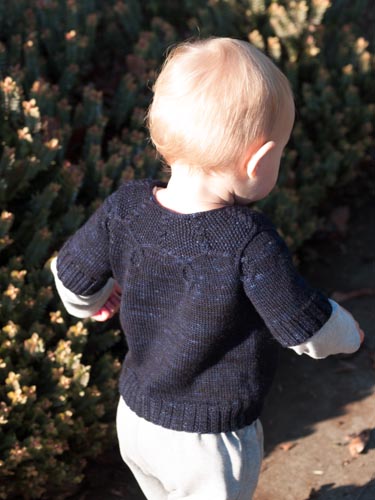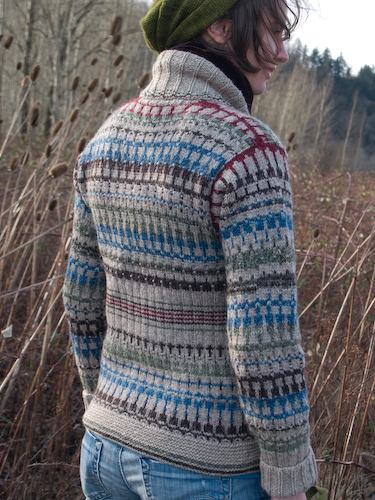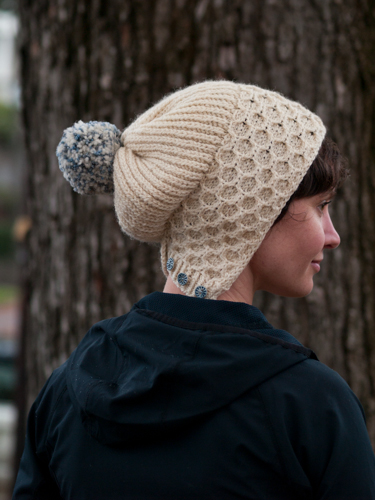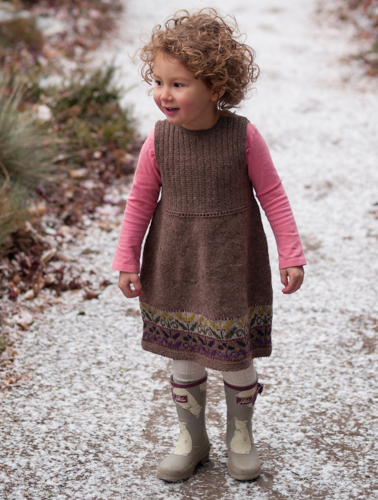Over on Instagram, there’s a movement called #slowfashionoctober happening. It’s about more than just showing off the clothes you’ve sewn or knitted. There’s an important discussion about consumption patterns bundled with it, a lot of thoughtful people taking stock of what they have, considering who made it and how, acknowledging that they have too much and thinking about how their wardrobes could do more with less, committing to vote with their dollars for companies that create fashion sustainably and fairly, strategizing about how to defuse the desire to own more pretty new things. I’m very much in that headspace myself these days and I’m glad to see this unfolding in my online community.
Yesterday Bristol Ivy, whose open eyes and brave smart mouth I’ve long admired, asked us all to take a look at what this stance means in terms of our privilege, to think about who can afford slow fashion and who can’t. About who’s left out when we’re all crooning over our beautiful sweaters knit with small-batch yarns from sheep with names, because those skeins sell for the real cost of production to the farmers and local mills and dyers—none of whom is getting rich in this business—and that cost is just too great. You can read her post on Instagram, where she’s @bristolivy, and the comments from many people reacting with gratitude that she was willing to broach the topic of inequality and adding important points of their own. Ysolda Teague draws attention to economic research that shows we spend about the same portion of our income on clothing as our forebears did… but we have many more items. The trouble isn’t that quality costs too much, it’s that we’ve developed a whole culture that depends on clothing being cheap and disposable. Most people well-off enough to be using computers and smartphones (and thus participating in this conversation) expect to see their friends wearing different clothes from one day to the next. We judge each other’s adherence to trends and use that information to make choices about our social connections, and we do it from the time we’re little children. We all want what looks correct and attractive within our particular milieu. This is pretty basic human psychology, but globalization has made it far easier for people of all income levels to play the game—and at the same old ugly cost to those who manufacture our clothes in unsafe and unjust conditions, but far away where we don’t have to see it or even think about it unless a mill catches fire and kills hundreds of workers trapped inside. Before my generation, making your children’s clothes was the budget-friendly choice. Today I can buy my son a shirt for less money than the yard of fabric required to sew it. The math has gone seriously askew—it can’t be this advantageous to me unless someone’s in an appalling deficit at the making end. No wonder people want to get out of this current and class off in a nice little slow fashion eddy where everything is fairly sourced and so timelessly well crafted it will last for generations. I know I do. I have to think it would be better for everyone if we could find our way to a broader culture that valued quality above quantity (or novelty).
But here’s another tangle where I’m stuck. By editing down our wardrobes; making only what’s beautiful, serviceable, and lasting; and avoiding the temptations of the new and the now, we have to rein in our purchasing from the very independent designers, farmers, and other artisans we’re so proud to support. You couldn’t go to a yarn store and find local products fifteen years ago. Independent knitting designers existed only by the handful and relied on self-published paper newsletters to distribute their work. A community of crafters created this market out of thin air because they were willing to put up the money to buy the products even though they cost more. If many of us with the means to buy fairly priced patterns, cloth, yarn, and locally made clothing cut back, what happens to our artisans’ livelihood? How do the Bristols and Ysoldas of our community get to go on inspiring us with their brilliant art? Economists would say a contraction of the market with less successful players being weeded out is just the way things work, but I don’t think we’re so sanguine as a community. We value the human connections and the stories of regular folks living their creative dreams, and we buy from them not just because they make beautiful things but because it feels good. (I’m not sure anybody loves things that feel good more than knitters do. I suspect scientists will someday discover that the crafty gene is right next to the do-gooder gene and the one doesn’t get expressed without the other.)
In a curious alignment of threads, I’ve been digesting a historical example that brings the same questions to light. Last week a splendid book was published in Sweden and flew right ’round the world to my doorstep. It’s the first new material on Bohus Stickning to come out in twenty years, and I have been guzzling it. If you’ve never heard of Bohus knitting before, 1) apologies for the deep dive into geekdom that’s about to ensue; 2) go run a quick Google image search. You’re welcome. The gist of this story is that Bohus Stickning began as a relief effort in the late 1930s, employing rural women in one little corner of Sweden to knit garments for sale. But not just socks and hats and bazaar goods. This company shot the moon. They made gobsmackingly gorgeous couture and sold it to princesses and film stars at astronomical prices, which translated into modest but significant paychecks for the knitters. These sweaters were as exclusive and costly as mink coats, but those who could buy them did, and the artistry that flourished at this tiny little non-profit blows the roof off the whole span of handknitting history before and since. I’m not even exaggerating. Bohus Stickning had a thirty-year run, nimbly responding to fashion trends while continuing to produce wildly original designs so improbably difficult to knit that even experts were deceived about their construction. What sank this company in the end was the first wave of the forces we’ve been trying to beat back with our slow fashion movement. And you know what? The global renaissance of craft in the past two decades—and customers’ renewed willingness to pay for quality—is what has brought Bohus Stickning back in the form of painstakingly reconstructed kits to knit some of the garments yourself. They’re very expensive. They still can’t be for everyone. I wish they could, but there’s no way to cut corners with integrity.
I don’t know the right way forward, or that there is any way forward that’s righter than the rest. I have too much stuff in my closet. Some of that stuff is handmade, and I keep it because it’s handmade even though I never wear it. That’s a piece of preciousness I’ll have to get over. I’m making an effort to pare down and to think carefully about what comes in. I also have too much yarn. It’s mostly very good yarn, because I am one of the lucky ones who can afford to support what I think of as the Knit Local movement. I have exciting plans for nearly all of it, but not enough time to execute those plans. Knowing this will not always prevent me from stashing more irresistible yarn, and apparently my idea of being strict with myself about knitting from the stash I’ve got is to cart home a bag of roving so I can spin another sweater’s worth. (Because that’s a time-saving plan for sure.)
This is what I’d like to do today. It is one small thing, because I can’t begin to address the problems of inequality, exploitation, education, social pressure, corporate transparency, and what have you that freight this conversation, but I also can’t think about all of that and then do nothing. One bag of the good yarn waiting patiently for my attention is a sweater quantity of Brooklyn Tweed Shelter in a heathered charcoal shade called Soot. Ten skeins. If you care about the ideas wrapped up in #slowfashionoctober but can’t indulge in yarn like this, I would like to send it to you. (There, I’ve just pressed your “Whoo! Free yarn!” desire trigger, so if you’re also trying to stash less, I apologize.) But if this offer happens to align with your carefully honed crafting plans and wardrobe aims, send me an email—sarah@wgk.com, only spell out the blog name—with your address and I’ll post the Shelter to the first responder. If it feels right, maybe I’ll do this again with some other good yarn.
To everyone else, keep making what’s useful and beautiful—by your own lights. Keep sharing it with the rest of us. Keep inviting more people into the conversation and noticing the quiet ones. Be generous to each other. Don’t make anyone feel inferior.
ETA: The Shelter has traveled to its new home, but stay tuned—I think I’ll do this again sometime!
